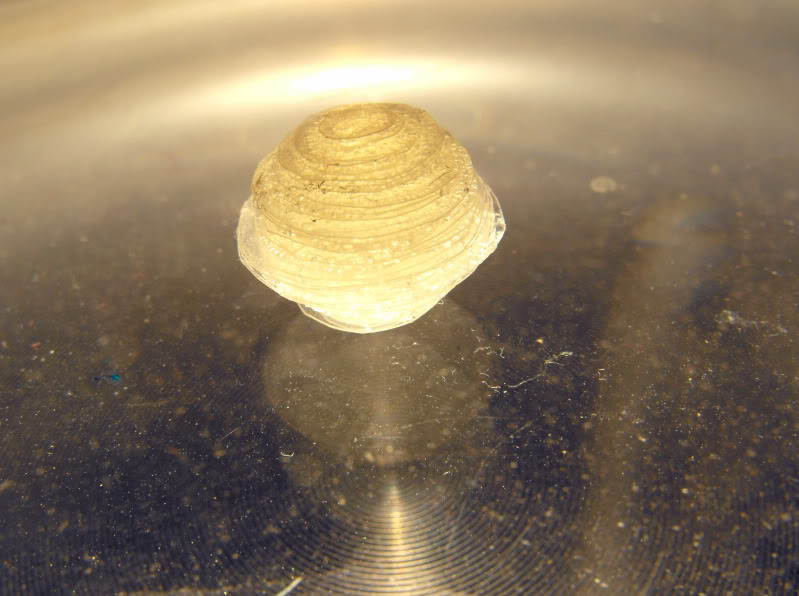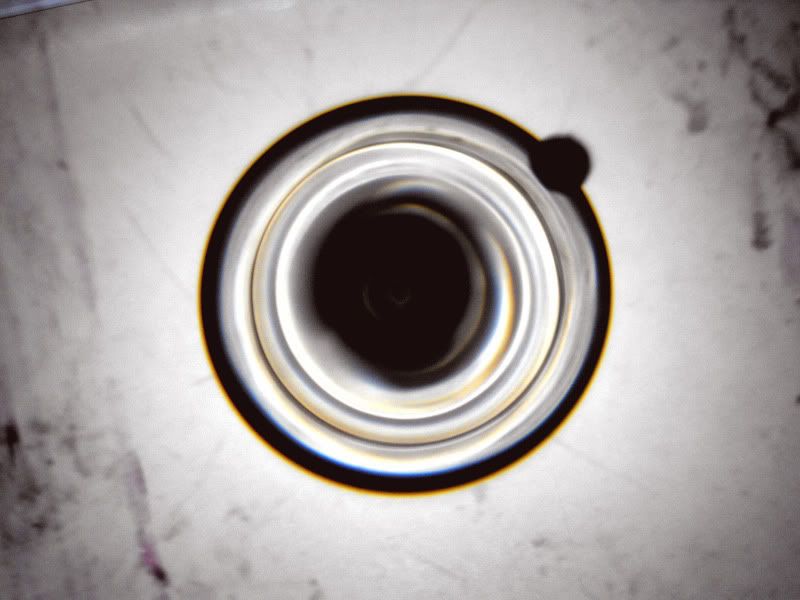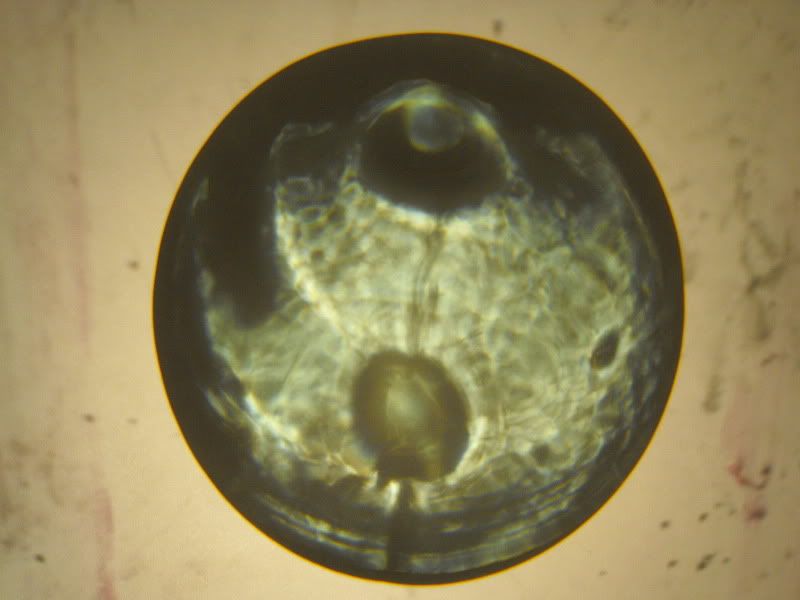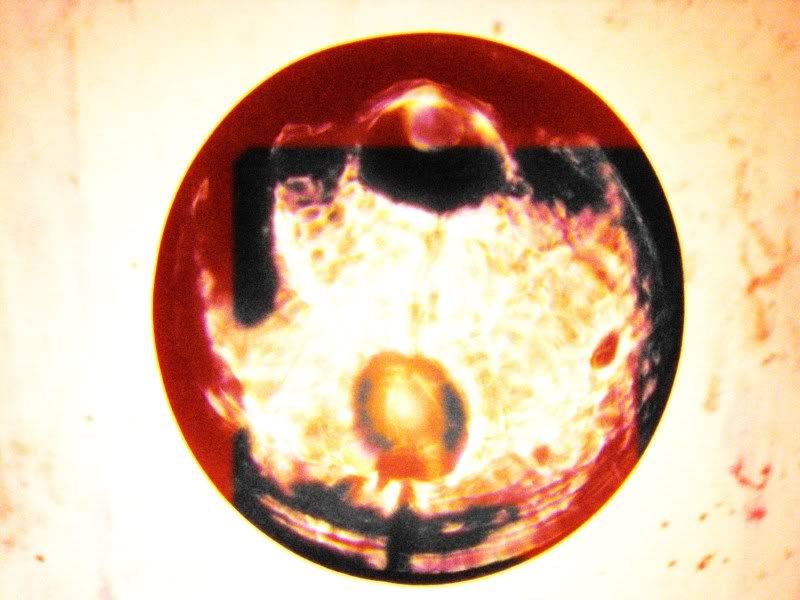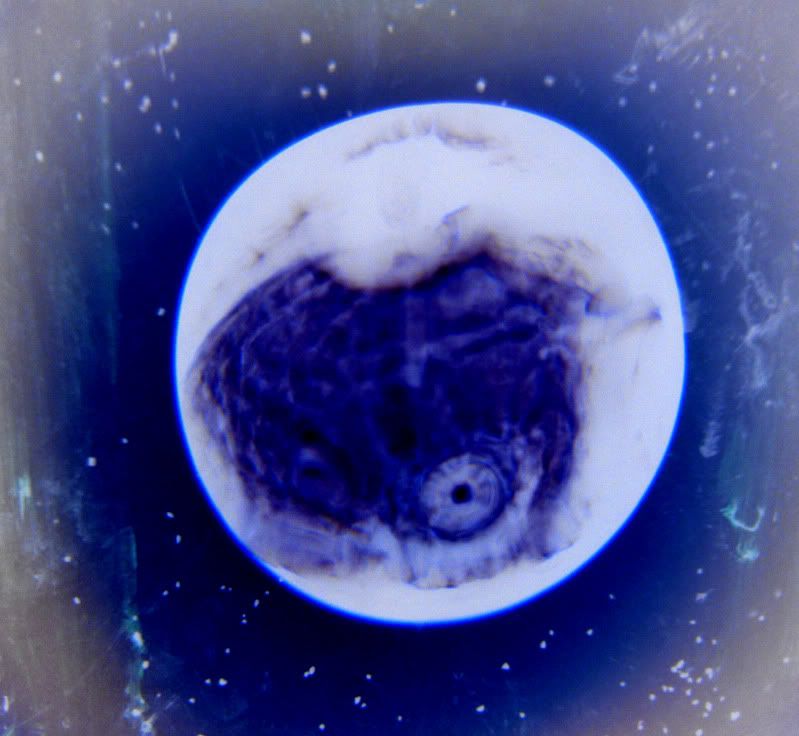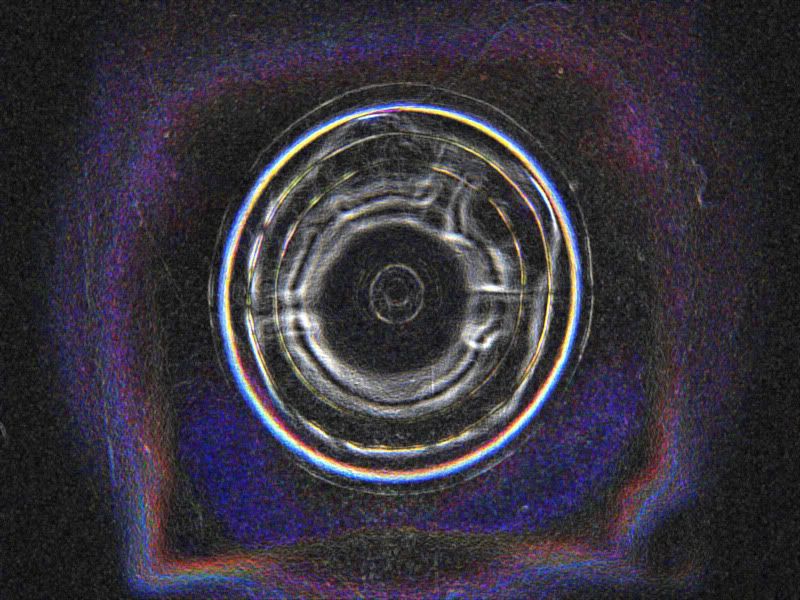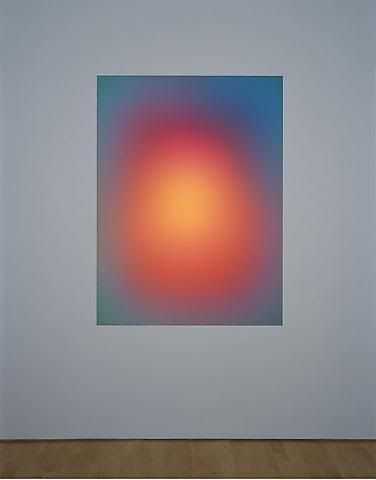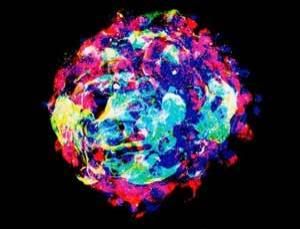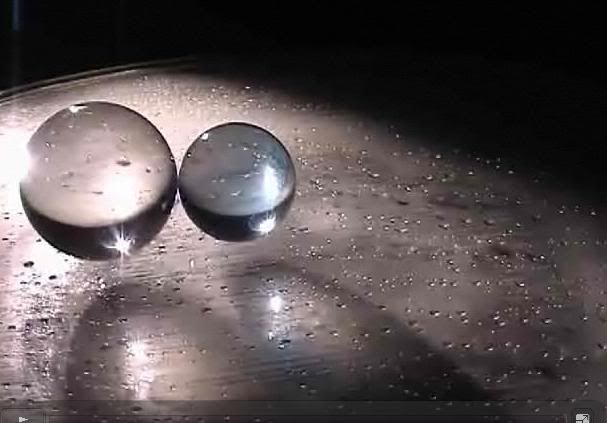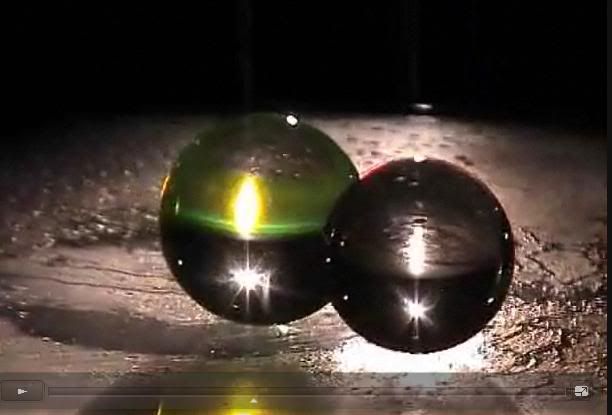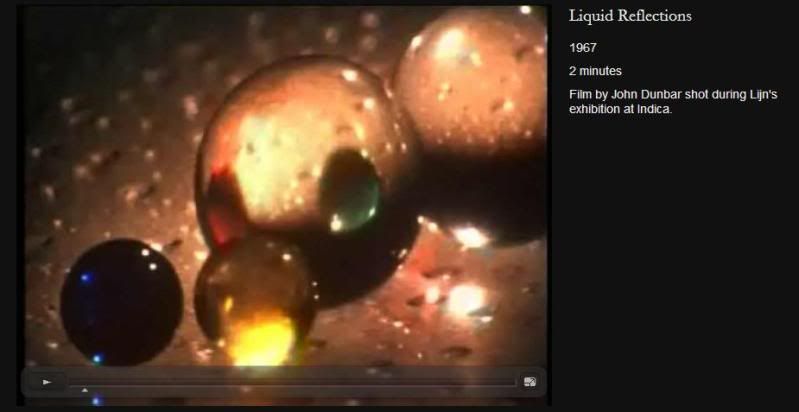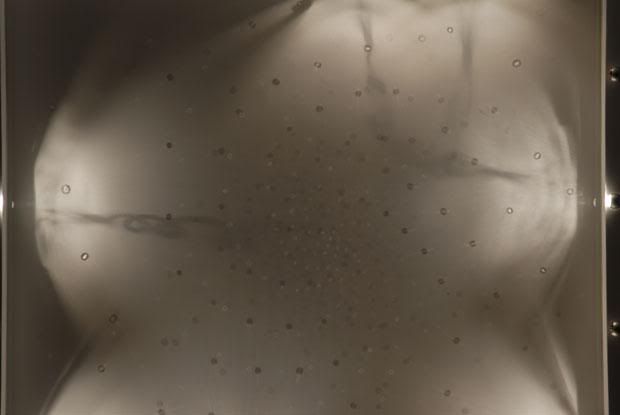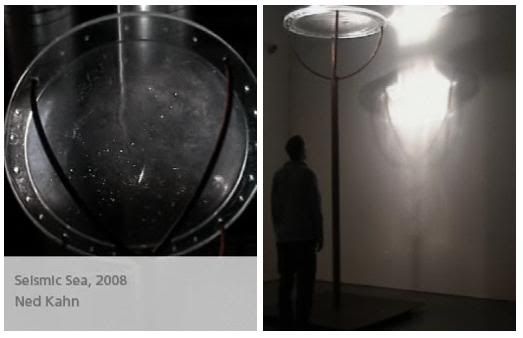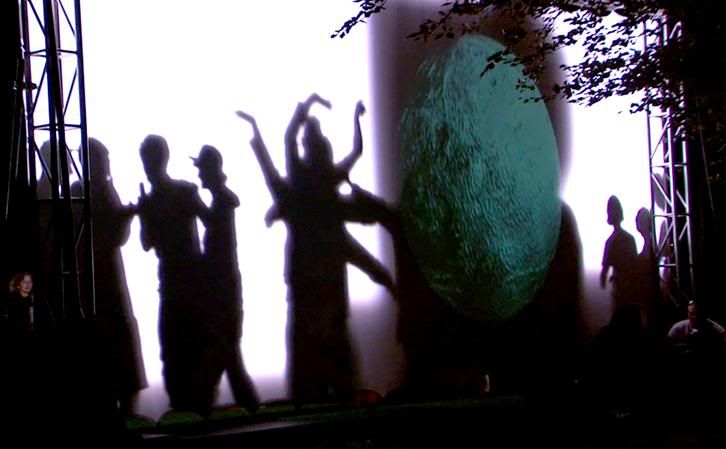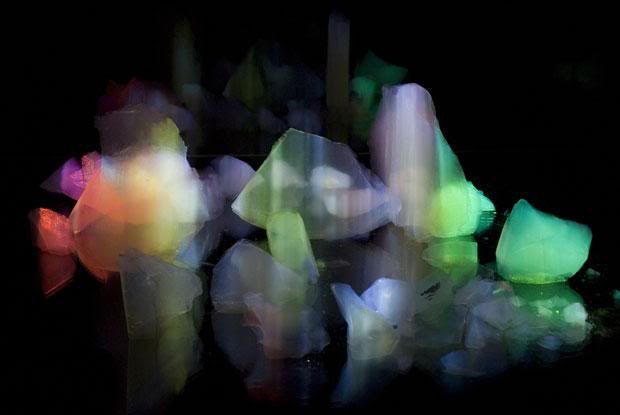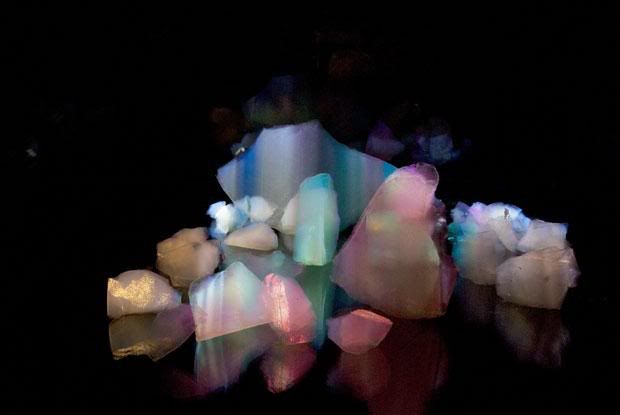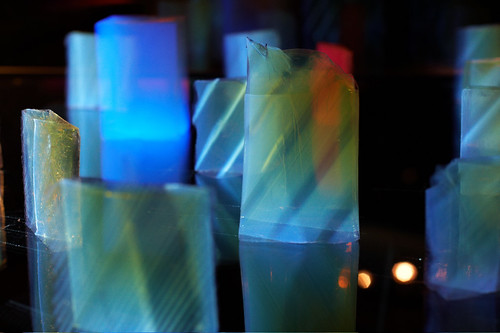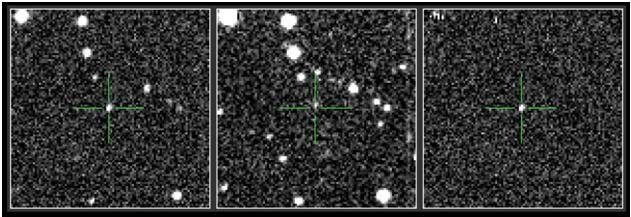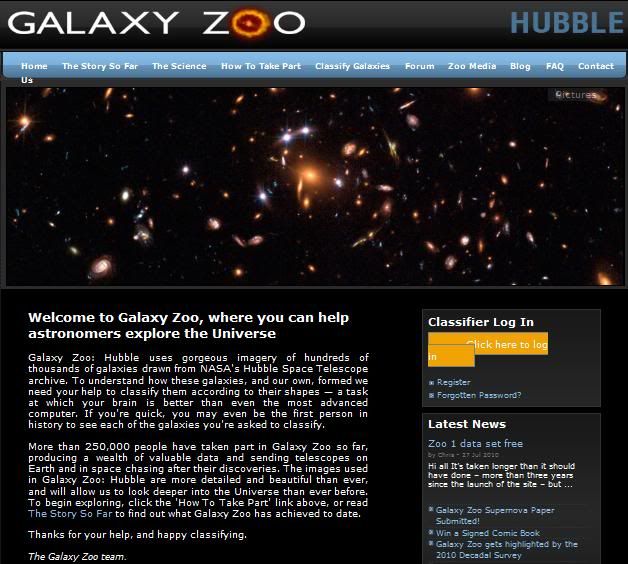I rented the black space at college but it was a bit of a disaster. When I got in I found the room was full of wood and left about a metre square to work in. Also there was light coming in from the white space next door which I couldn't cover up without getting a ladder. To cap it all, I couldn't collect the digital projector I had rented because I had missed the 10- 10.30 collecting slot.
I went ahead anyway, using a white plinth as a backdrop, and a small plank to hang my acetate planets off.
I had made them by cutting two circles of acetate and putting ink and glue between them. Putting little patches of glue made more interesting patterns of bubbles. I tried to place the different inks to emphasise the circle shape, with a shadow on one side to suggest a curve.
I glued the planets to fishing wire and tied them up. I had wanted to use different projections on them but instead had to use my phone's torch light. It still worked alright.
Here are some of my favourites that I have played around with on photoshop.
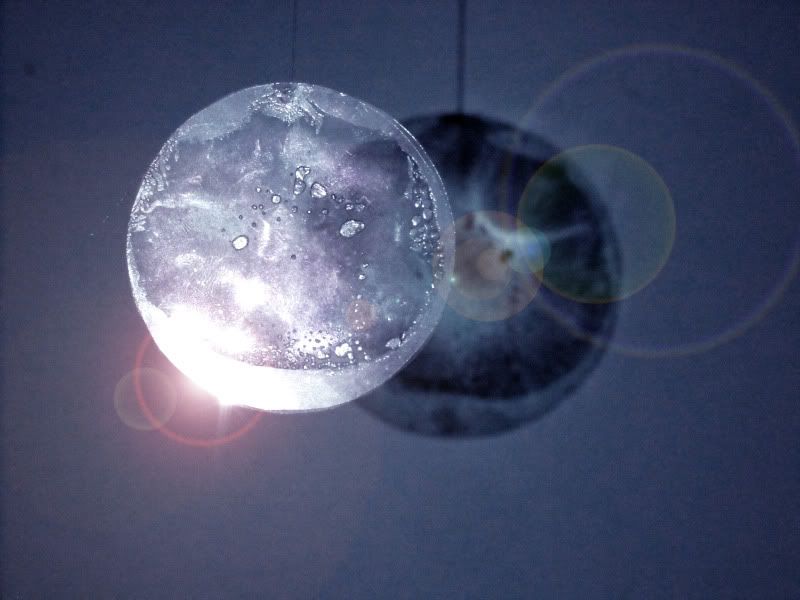




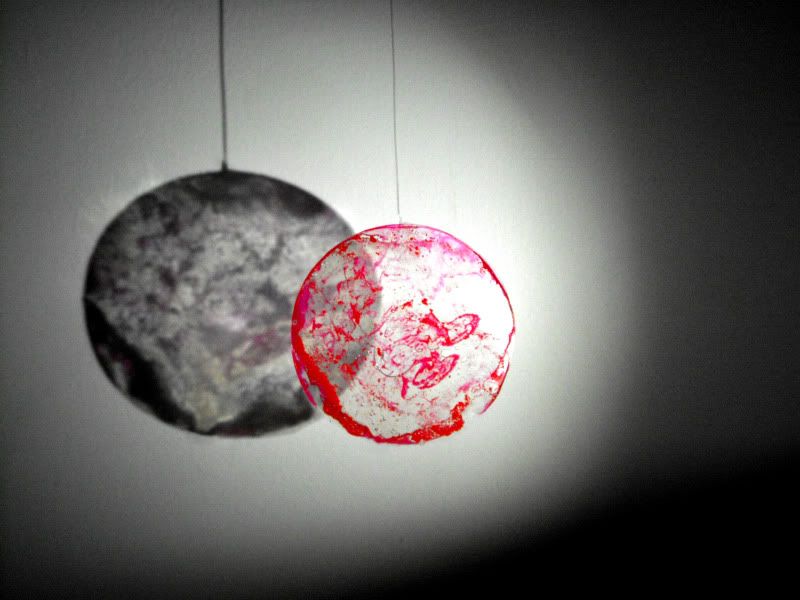
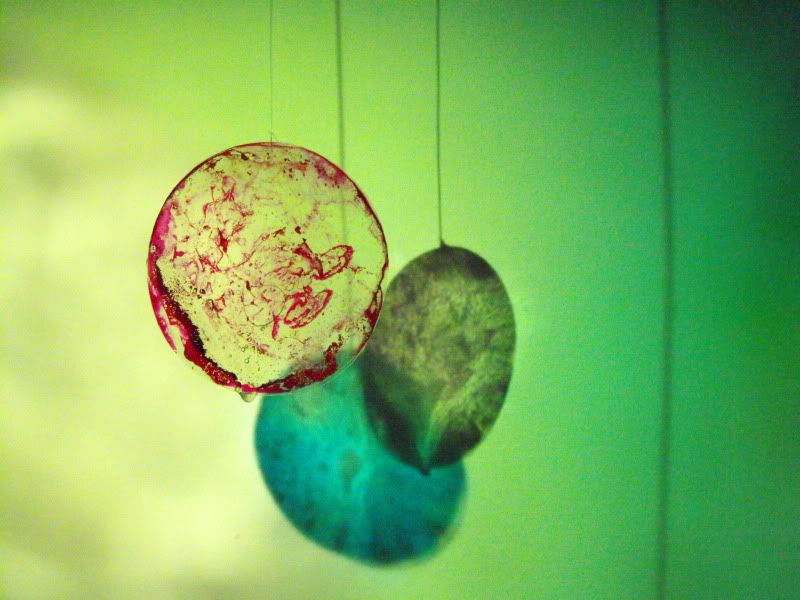

What I really learnt from this experiment was how well light shines through glue, it really makes some lovely effects. I also learnt that 2D acetate circles are very hard to position where you want them because they often spin and end up facing the wrong way.


More ideas
I have two new ideas that I'm hoping to do over the next week.
One is based on this image that I got from astronomy magazine, which shows the sequence of an eclipse in twelve pictures. I haven't scanned it in but here is a similar image.
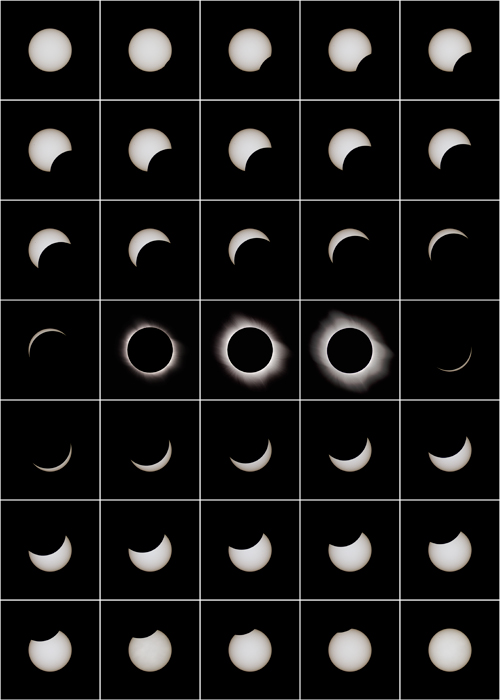
My idea is to somehow make this 3D with mounted bulbs and black hanging spheres. It would be about positions in space - the onlooker and the cosmic bodies involved, precision, and light.
On the subject of eclipses, I made this in about 10 minutes, using a little light a white sheet and a plate. I think they make an effective eclipse.
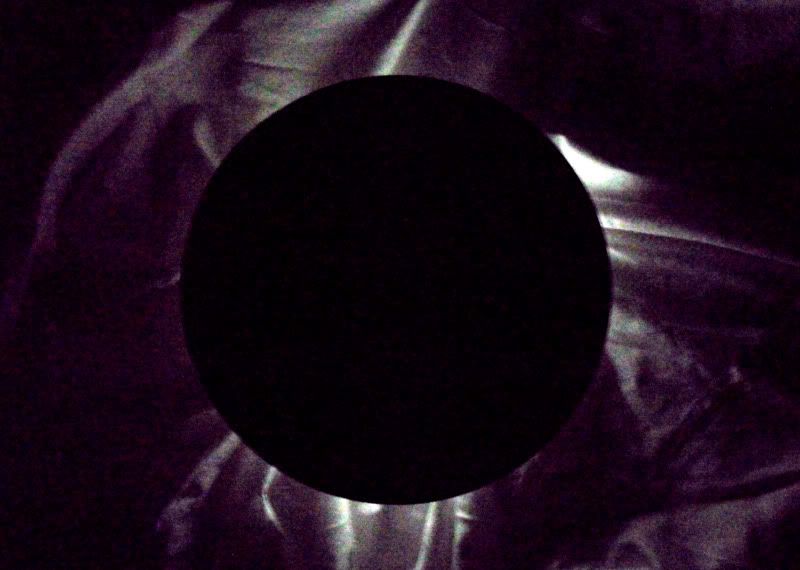
My second idea is this..
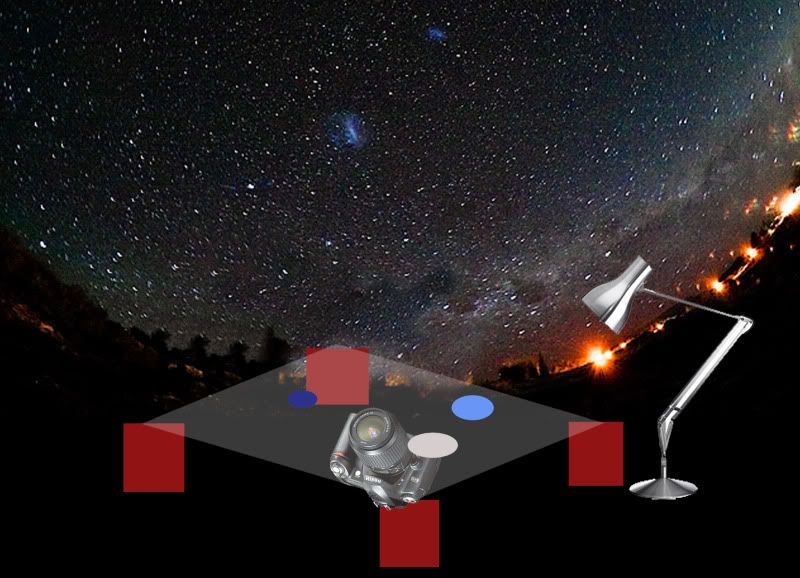
I'm also pondering the idea of using circular mirrors. I want to try projecting images onto a circular mirror and maybe bouncing it off a few others.. Perhaps the image could hit the viewer dead on? Maybe coloured spheres could move in orbit, interrupting and distorting the light beam?
I've wanted to use circles and motors in my work before and never got round to it. I need to try and step out of my comfort zone and use some technicians.
I think my work is going through the experimental phase - I actually don't want any more concepts now, I need to try out lots of different materials and setups and one of them will make sense with one of the concepts. :)
I've done a little more research on Dan Goods and Liliane Lijn.
I found this website through Dan Goods which has some more artists interested in space, so that's useful
I also found a lot of relevant things in Lijn's book of works 1959-80.
James Whitney was "convinced that the graphs and photos in Scientific American were a natural non-objective art form dealing with the same concepts as Jung or Krishnamurti."
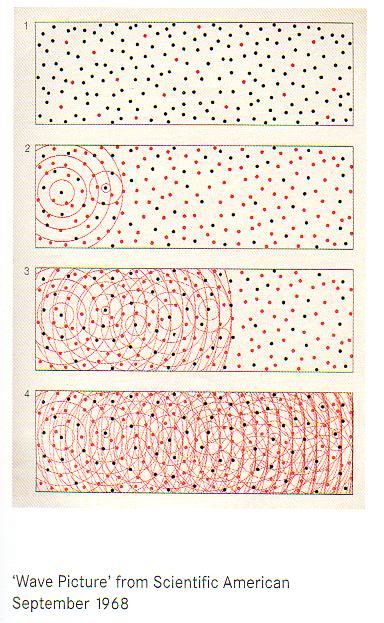
I was really excited to see that Liliane Lijn was influenced by Richard Feynman because I've just finished reading his autobiography, 'Surely you're joking Mr Feynman' and am currently reading his second book 'What Do You Care What Other People Think?'. I think he's one of my favourite people to have ever lived.
"Lijn was drawn to the scientist Richard P. Feynman's visualisations of physics in the sixties and seventies. Feynman was at the forefront of the development of post-war quantum mechanics and Lijn was particularly fascinated by his vision of the supremacy of particles, with the photon: the most elementary particle of light, as the key element in the electro-magnetic field; that conjunction of magnetism, electricity and light.
He had addressed himself to overcoming the abstracted formalisations of a quantum physicist's "impossibility of visualisation". How was one to perceive the atom or the electron in the act of emitting light? What mental picture could guide the scientist?
Lijn, aided by her assiduous reading of books and articles about physics, had reached what could be thought of as a quantum theory of art and culture.
This was based on what Feynman called 'the atomic hypothesis that all things are made of atoms: little particles that move around in perpetual motion, attracting each other when they are a little distance apart, but repelling upon being squeezed into one another" The illustrations for Feynman's lectures showed a pictorial idea of quantum physics particles in motion, yet gathered together in clusters and arrays.
These suggest Lijn's circled and dotted notation of particle structures in process in her graphic work through the sixties and seventies. Matter, Feynman observed, allocated structures and positions to particles so "that in a solid the atoms are arranged in some kind of array, called a crystalline array"
But movement, Feynman's 'jiggle-jiggle-jiggle', was key to Lijn's art and was identified by her as that universal form - electrical energy incarnated as
photons: "There is radiant energy, the energy of light, which we know is a form of electrical energy because light can be represented as wigglings in the electromagnetic field."
He had addressed himself to overcoming the abstracted formalisations of a quantum physicist's "impossibility of visualisation". How was one to perceive the atom or the electron in the act of emitting light? What mental picture could guide the scientist?
Lijn, aided by her assiduous reading of books and articles about physics, had reached what could be thought of as a quantum theory of art and culture.
This was based on what Feynman called 'the atomic hypothesis that all things are made of atoms: little particles that move around in perpetual motion, attracting each other when they are a little distance apart, but repelling upon being squeezed into one another" The illustrations for Feynman's lectures showed a pictorial idea of quantum physics particles in motion, yet gathered together in clusters and arrays.
These suggest Lijn's circled and dotted notation of particle structures in process in her graphic work through the sixties and seventies. Matter, Feynman observed, allocated structures and positions to particles so "that in a solid the atoms are arranged in some kind of array, called a crystalline array"
But movement, Feynman's 'jiggle-jiggle-jiggle', was key to Lijn's art and was identified by her as that universal form - electrical energy incarnated as
photons: "There is radiant energy, the energy of light, which we know is a form of electrical energy because light can be represented as wigglings in the electromagnetic field."
SO, interesting to know that Lijn had similar interests to me as well as a visual style that I am drawn to.
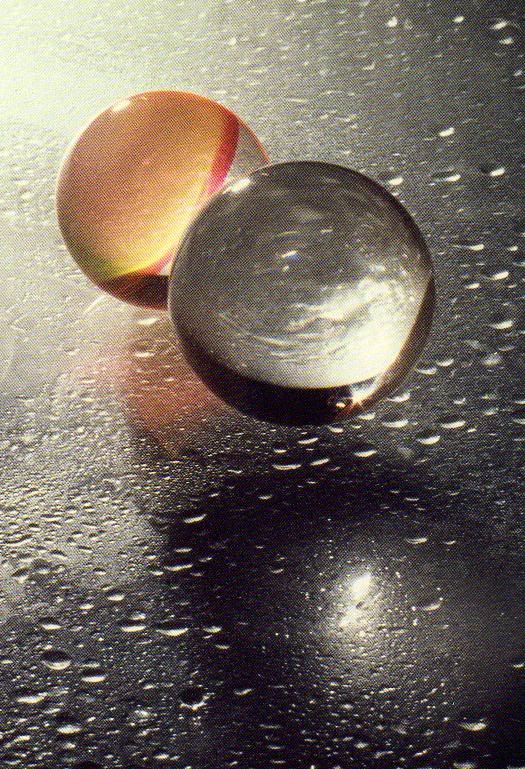
On a vaguely related note, the iphone game Osmos has been inspiring me. Which is good because even when I'm wasting time playing games on my phone its reminding me of art.
Its a beautiful game. They describe it as being relaxing but I find it terrifying at times when you're getting eaten by huge pulsating orbs. Its 'physics based' which means that momentum is affected by size and so on.
Context / Site / Audience
I'm really enjoying my elective at the moment. It is mostly about sculpture which is something I am fairly unfamiliar with, and is dealing with stuff that makes my head hurt. I am enjoying forcing myself to understand the stuff in the readings.
We have to make a group piece in a few weeks, based around College, like something that college is missing. I like the idea of making some stairs that leads up over the roof with a signpost reading 'stairway to your glittering career'
I think its supposed to relate to sculpture / not sculpture or architecture / not architecture... That's not as vague as it looks, but I don't think I am at the stage where I can even explain what I mean by that yet!
We also have to make our own piece of work ( I think) and I'm really excited about the idea of making something impractical, like the sunflower seeds at the turbine hall piece - designed to walk over, but now we all have to stand behind a little fence to look at it. Like I could make a piece inside a viewing box, then put it up a ladder so that health and safety meant noone could go up there. They'd have to take my word for it what the art was like.
I am making a little film at the moment but I'm going to explain that properly when it's finished. Its nothing to do with college work, I just cant help myself.
I'm feeling really frustrated about not making anything solid with my ideas. I'll get on it.
